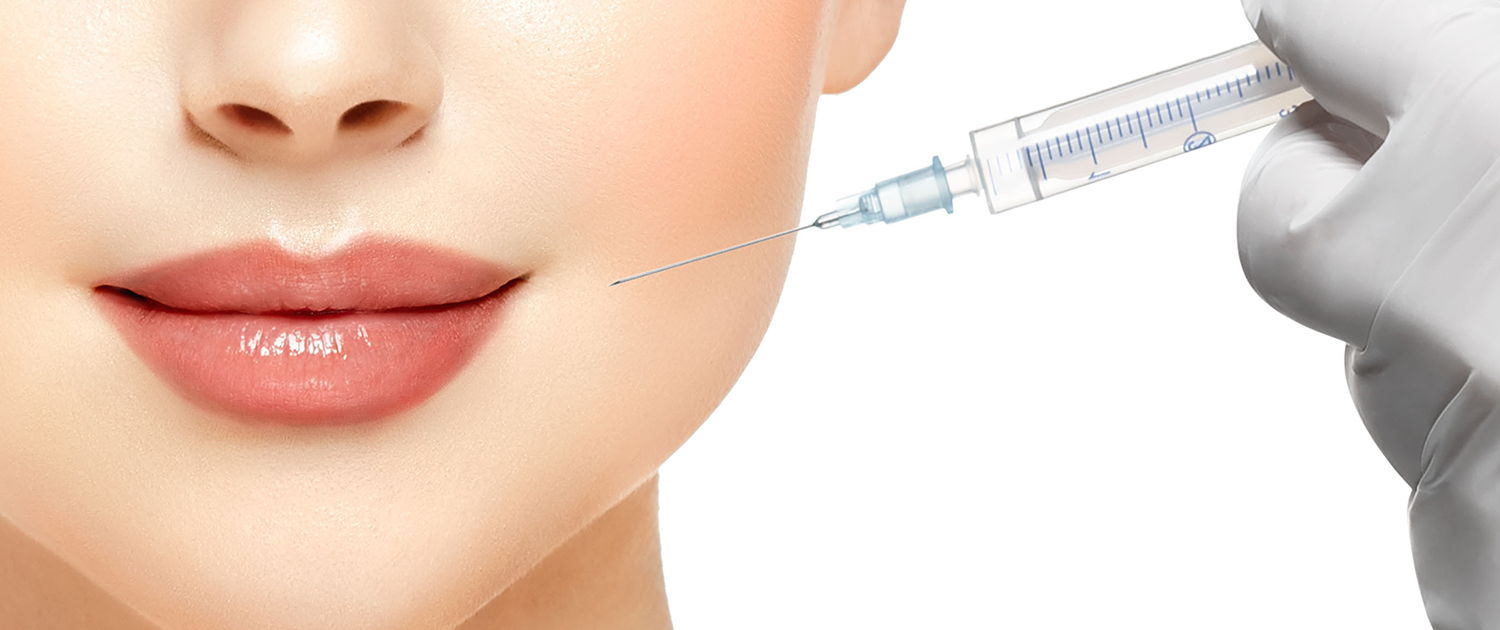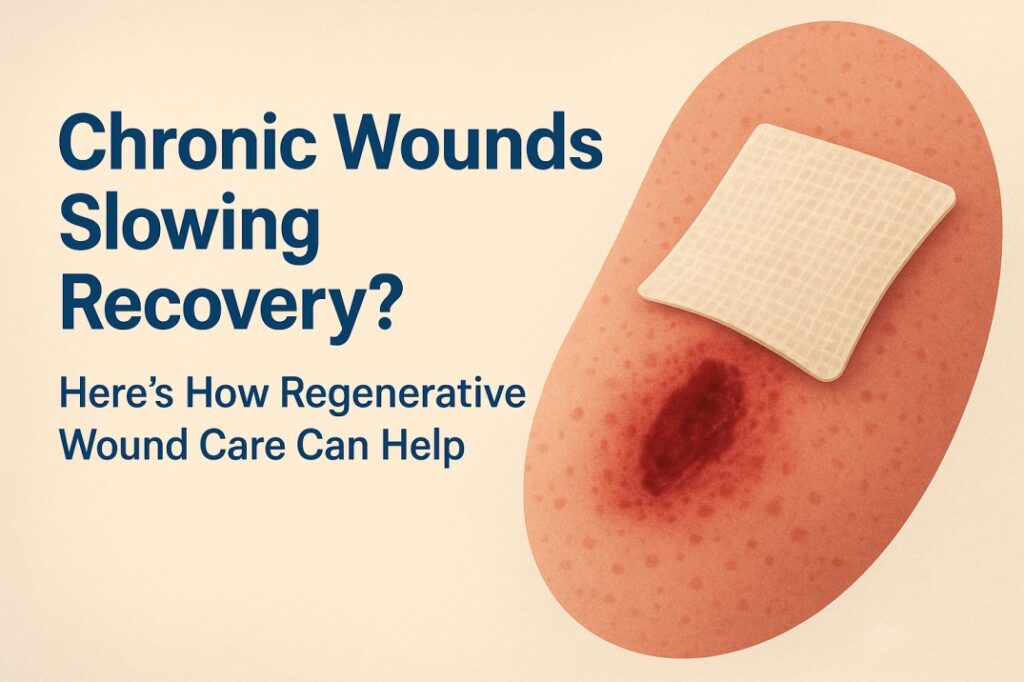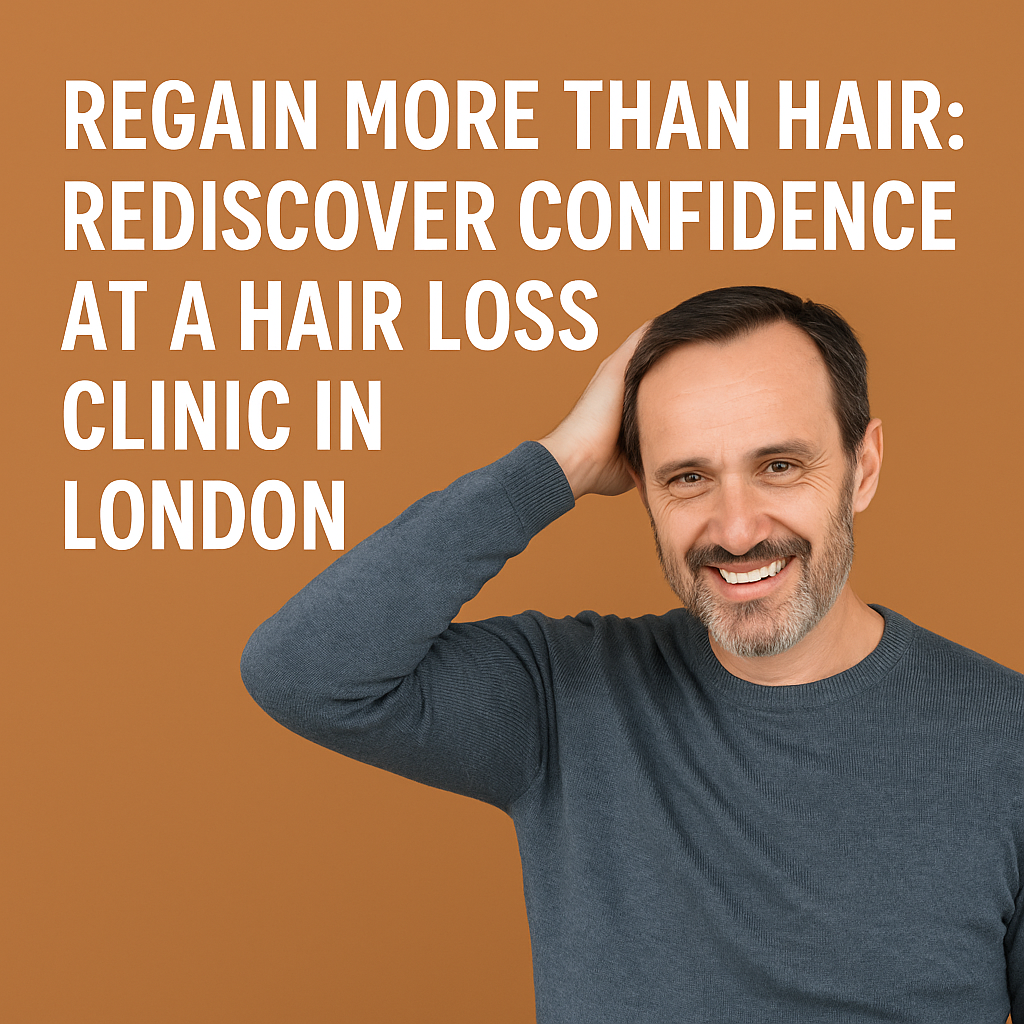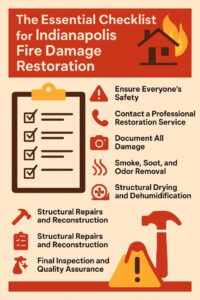Dermal fillers are one of the most sought-after cosmetic treatments worldwide, used to restore facial volume, smooth out wrinkles, and enhance features like the lips, cheeks, and jawline. As their popularity grows, so do the questions and concerns surrounding their safety. Misinformation and myths can often deter individuals from considering this highly effective aesthetic procedure. If you’re thinking about Dermal Fillers in Islamabad, it’s essential to separate myths from reality so you can make informed and confident decisions. Here, we delve into the facts about dermal fillers and address the most common myths related to their safety.
Table of Contents
ToggleUnderstanding Dermal Fillers
Dermal fillers are injectable substances that add volume beneath the skin. Most fillers are made from biocompatible materials like hyaluronic acid (HA), which is naturally found in the human body and plays a role in keeping the skin hydrated and plump. Other types of fillers may include calcium hydroxylapatite (CaHA), poly-L-lactic acid (PLLA), and polymethylmethacrylate (PMMA).
When administered by a qualified and experienced professional, dermal fillers are considered safe, minimally invasive, and effective in addressing facial volume loss and signs of aging.
Common Myths About Dermal Filler Safety
Myth 1: Dermal fillers are toxic and unsafe for the body
Fact: This is one of the most widespread misconceptions. Most dermal fillers used today, particularly hyaluronic acid-based fillers, are FDA-approved and made from substances naturally occurring in the human body. Hyaluronic acid fillers are biodegradable and gradually absorbed over time. Serious complications are extremely rare when administered by certified professionals using genuine products.
Myth 2: Fillers will make your face look unnatural or “overdone”
Fact: When performed by skilled practitioners, dermal filler treatments enhance natural beauty rather than distort it. The goal is not to alter your appearance drastically, but to rejuvenate and restore volume in a subtle and balanced way. Overfilled or exaggerated results often stem from unqualified injectors or excessive use of the product, which underscores the importance of choosing the right provider.
Myth 3: All fillers are the same
Fact: There are several types of fillers, each with unique compositions, textures, and intended uses. For instance, some fillers are soft and ideal for delicate areas like under the eyes or lips, while others are firmer and better suited for deep injections in the cheeks or jawline. Your provider should assess your facial structure and recommend a filler that suits your aesthetic goals and treatment area.
Myth 4: Dermal fillers can stretch the skin permanently
Fact: This concern is largely unfounded. Fillers work by temporarily adding volume beneath the skin, and once the material is metabolized by the body, the skin typically returns to its original state. In fact, repeated treatments can promote collagen production, improving skin texture and elasticity over time. However, consistent and excessive use without proper guidance may cause minor skin changes, which is why moderation and professional assessment are key.
Myth 5: Fillers and Botox are the same
Fact: While both are injectables used in cosmetic medicine, they serve different purposes. Botox is a neuromodulator that relaxes muscles to reduce dynamic wrinkles like frown lines and crow’s feet. Dermal fillers, on the other hand, add volume and smooth out static wrinkles caused by aging and volume loss. Understanding this distinction helps patients choose the right treatment for their concerns.
Myth 6: Once you start using fillers, you can’t stop
Fact: This is simply not true. If you decide not to continue treatments, the filler will gradually break down and be absorbed by the body. You may return to your pre-treatment appearance, but not worse. Fillers do not cause dependency. Many patients choose to maintain results because they like the rejuvenated look, not because they have to.
The Importance of Choosing a Qualified Practitioner
One of the most important factors affecting the safety of dermal fillers is who performs the procedure. An experienced and licensed injector understands facial anatomy, product selection, and injection techniques necessary to minimize risks and deliver natural-looking results.
Avoid getting fillers at beauty salons, non-medical spas, or by untrained individuals. Poor injection technique or the use of counterfeit products can lead to serious complications, including infection, lumps, vascular occlusion, and tissue damage.
A reputable clinic will:
-
Use FDA or DRAP-approved, branded products
-
Conduct a thorough facial assessment before treatment
-
Discuss risks, side effects, and realistic expectations
-
Follow proper hygiene and safety protocols
Are There Side Effects?
Like any cosmetic procedure, dermal fillers carry some risk, although serious side effects are rare. Common, temporary side effects include:
-
Redness
-
Swelling
-
Bruising
-
Mild tenderness at the injection site
These typically subside within a few days. Rare but more serious complications may include:
-
Infection
-
Allergic reaction
-
Vascular occlusion (blockage of blood vessels)
To reduce the risk of adverse effects, it’s vital to follow pre- and post-treatment guidelines provided by your practitioner and report any unusual symptoms immediately.
How to Ensure a Safe Filler Experience
If you’re considering dermal fillers, follow these safety tips:
-
Consult a qualified professional: Research the practitioner’s credentials, reviews, and before/after results.
-
Understand the product being used: Ask about the type, brand, and approval status of the filler.
-
Avoid bargain deals: Extremely low prices may indicate counterfeit or diluted products.
-
Be honest during consultation: Disclose any allergies, medications, or medical history that may affect your treatment.
-
Follow aftercare instructions: Proper care after your treatment can prevent complications and help achieve better results.
Facts That Support Filler Safety
-
Hyaluronic acid-based fillers are biodegradable and reversible, making them one of the safest options available.
-
Millions of dermal filler treatments are safely performed each year with high patient satisfaction rates.
-
Fillers can be dissolved using hyaluronidase, an enzyme that breaks down hyaluronic acid in case of overcorrection or complications.
-
Scientific studies and clinical trials support the safety and efficacy of approved filler products when used appropriately.
Who Should Avoid Dermal Fillers?
While generally safe, dermal fillers are not suitable for everyone. You should avoid fillers if you:
-
Are pregnant or breastfeeding
-
Have a history of severe allergies or anaphylaxis
-
Have active skin infections at the treatment site
-
Have bleeding disorders or are on certain blood-thinning medications
Your healthcare provider will evaluate your medical history to determine if dermal fillers are appropriate for you.
Conclusion
When performed correctly and by a certified medical professional, dermal fillers are a safe, effective, and versatile solution for facial rejuvenation and enhancement. The key to ensuring safety lies in being well-informed, selecting a reputable practitioner, and using only high-quality, approved products.
If you’re considering dermal fillers for the first time or exploring your options, the SKN Cosmetics clinic offers expert consultation, personalized treatment plans, and a commitment to patient safety and satisfaction. As a trusted name for Dermal Fillers in Islamabad, SKN Cosmetics combines clinical expertise with aesthetic precision to deliver results that look natural and feel confident.









